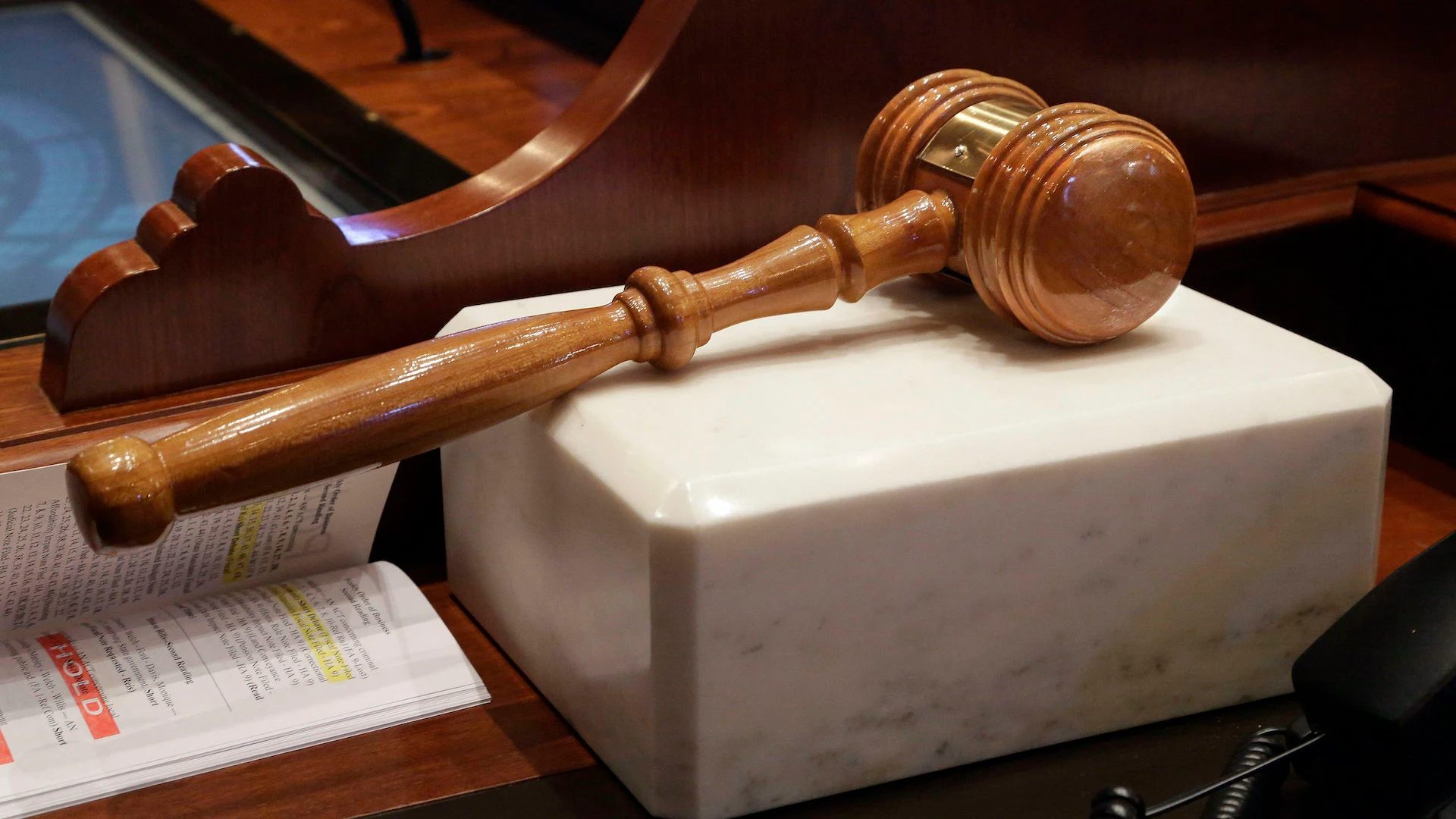I’ve tried other Android phones from popular brands, but no matter how good or affordable they are, I always find myself back with Samsung. It’s not about the hardware or design. Sure, Samsung phones look good and feel solid in the hand, but so do Pixels and most other Android devices.
It’s not about brand loyalty either. What keeps drawing me back is the software experience. From intuitive apps to deep customization options and clever automation, Samsung phones offer features I wish every Android brand would copy.
Samsung’s preloaded apps earn their place
And they are better than Google’s
Most Android phones come with Google’s apps as the default ones: Phone, Calculator, Calendar, Google Keep, Google Photos, Files, and more. Google’s ecosystem is undeniably powerful and tightly integrated, but Samsung’s alternative apps offer a superior experience.
Take Samsung Notes, for example. It offers Auto Format to make even messy jot-downs look neat, AI-powered summaries that save time when reviewing long notes, and the ability to create a note directly from the lock screen using the Edge Panel. Then there’s the Samsung Files app. Besides local files, it allows me to view and organize files from cloud services such as Google Drive and OneDrive, much like Windows File Explorer. It also includes network storage support—something Files by Google lacks.
Samsung Gallery also outshines Google Photos when it comes to local photo management. For instance, while Google Photos packs some powerful search features, they only work for images backed up online. Samsung Gallery, on the other hand, lets me search across all my images, regardless of where they are stored.
All these small advantages add up over time. Since most of these Samsung apps are exclusive to Galaxy phones, I immediately notice what’s missing whenever I switch to another Android phone.
Endless customization options
You can make your phone truly yours
One of the biggest reasons I keep drifting back to Samsung is the sheer amount of control it gives me over how my phone looks. Sure, most Android phones can be customized, but Samsung’s One UI is particularly powerful and comes loaded with features right out of the box.
On One UI, you can use themes to transform icons, system colors, and even the appearance of stock apps. The built-in theme store lets you apply all these changes with a single tap, so your phone can feel completely new in seconds.
Then there’s Good Lock, which takes the customization experience to a whole new level. It lets you tweak the keyboard, redesign your task switcher, modify the quick settings panel, and even create custom gestures. Beyond aesthetics, there are plenty of useful Good Lock modules that let you remap buttons, adjust volume for individual apps, and add extra features to the Camera app.
Good Lock provides the kind of granular control you’d usually only get by rooting your phone or using third-party apps. With a Samsung device, I don’t need to rely on those tweaks.
Automating phone with Modes and Routines
Work smarter, not harder
Android fanboys don’t need an introduction to automation apps like IFTTT or Tasker. On a Samsung phone, you get similar functionality built right into One UI through Modes and Routines.
Modes act like smart profiles for different parts of your day. You can set a Work Mode that silences personal notifications, changes your wallpaper, and limits certain apps during office hours. At night, Sleep Mode can dim the screen, enable Do Not Disturb, and even turn on a soothing soundscape automatically.
Routines are where things get really powerful. They’re essentially “if this, then that” rules you can create directly on your phone. You can have your device turn off Wi-Fi when you leave home, launch your favorite playlist when you plug in headphones, or read text messages aloud when you start driving. You can even set it to enable auto-rotation for apps like Gallery, YouTube, or VLC Media Player. The possibilities are practically endless.
Small features, big convenience
Beyond the big features, Samsung phones include several handy features that are quite useful. While all Android phones support split-screen, One UI adds a pop-up view that lets me multitask like a pro. I can watch a YouTube video in a small floating window while replying to messages or checking my calendar—and I can minimize, resize, and move these windows just like on a PC.
Secure Folder is another lifesaver. It makes storing sensitive files, apps, and even separate accounts easy—everything is locked behind an extra layer of security. For apps I don’t want to lock, I can simply hide them from the app drawer.
Dual Messenger is the cherry on top. I can run two separate accounts for messaging apps like WhatsApp, Snapchat, or Facebook Messenger without switching profiles. These little extras might not make headlines, but they’re the subtle touches that make using a Samsung phone such a joy.
Specs and design are things we pay the most attention to when buying an Android phone, but at the end of the day, it’s the software and overall experience that truly determine how a device feels in daily use. For me, Samsung Galaxy phones consistently deliver on that front.












